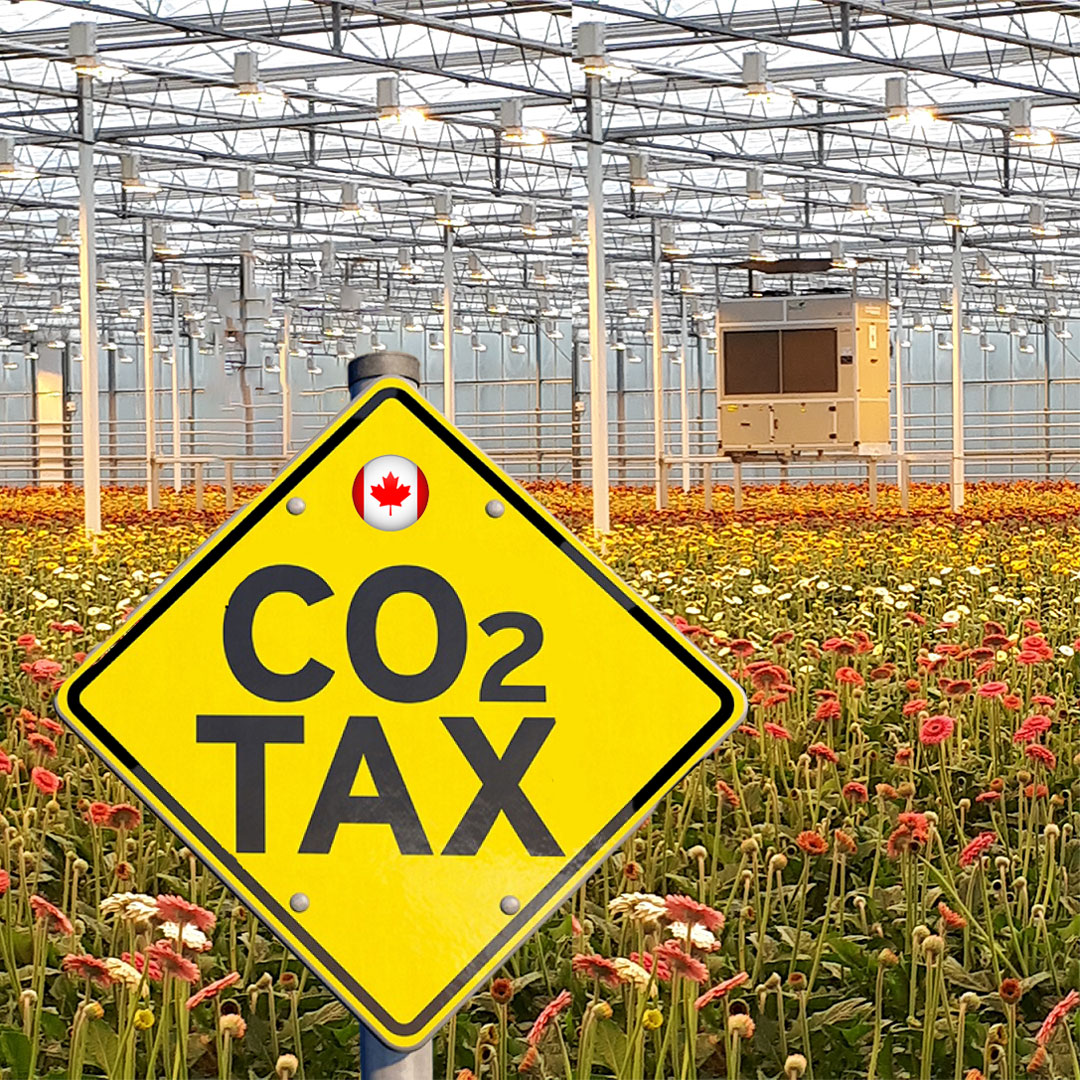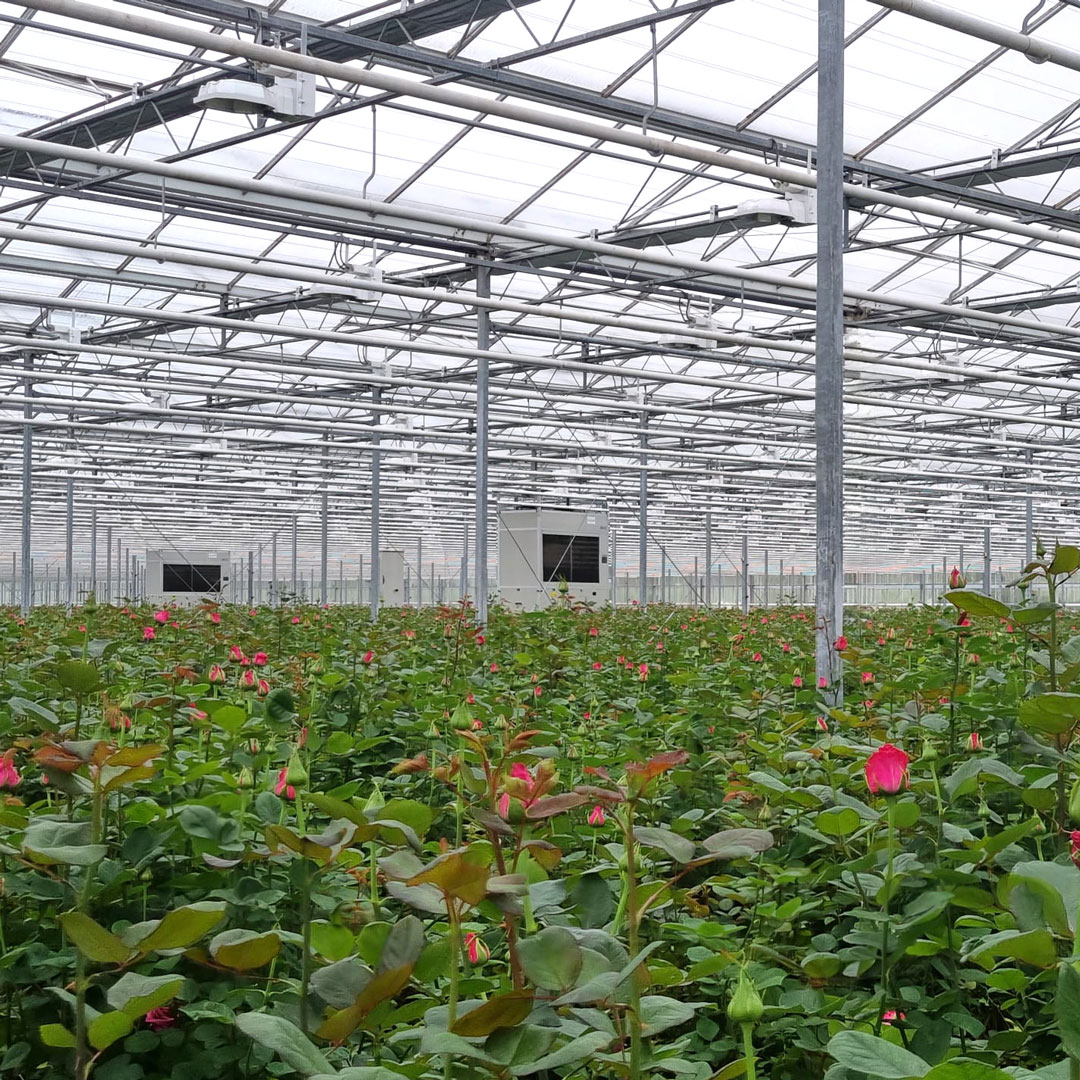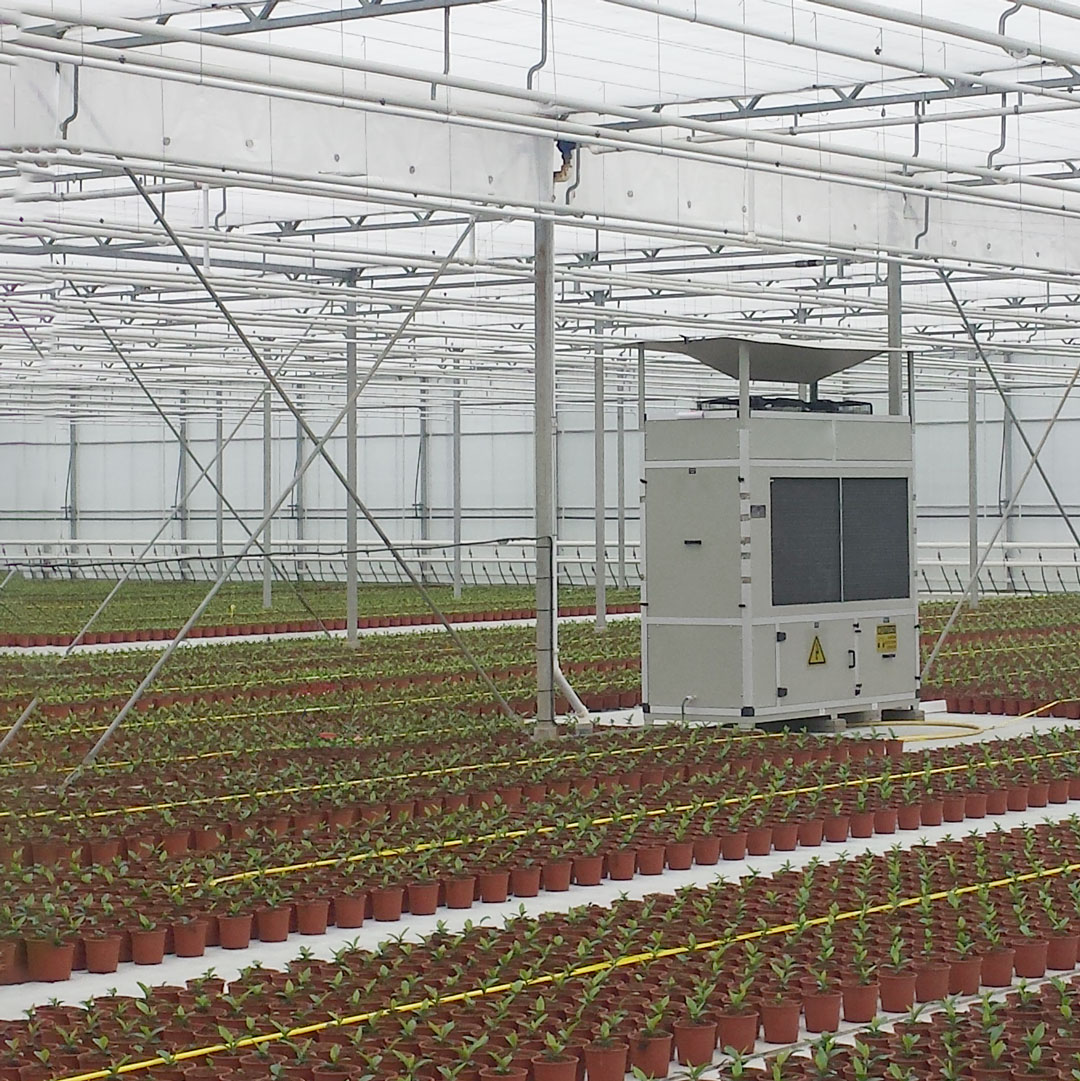How to Choose the Best Grow Room Dehumidifier for Your Indoor Grow
Dehumidifiers play a major role in indoor growing. Growing in any closed environment generates a massive amount of moisture. If gone untreated, it’s inevitable to experience high relative humidity, dew point condensation, and even mold development. For these reasons, grow room dehumidifiers are a must-have in any grow space.
Why Do You Need a Grow Room Dehumidifier?
Indoor grow rooms are naturally humid, due to the plants’ transpiration process. All plants constantly release water vapor to the air, as part of their growth process. So, without including humidity control as part of your environmental control, any grow room will become very humid. Especially in dense grow rooms with intense lighting, common in cannabis grow rooms.
Unfortunately, high humidity levels lead to mold development, such as botrytis (aka bud rot), and powdery mildew. Needless to say, mildews can destroy yields and reduce the overall quality of your product. In the case of cannabis, it can even lead to products being disqualified for sale or distribution.
But humidity diseases aren’t the only problem humidity creates. Even without molds, high humidity makes it hard for plants to develop.
In order to take in and break down nutrients, the plants must transpire. However, high levels of relative humidity make it difficult, or even impossible for them to do so. So the plants are left in a state of stress, inhibiting growth and reducing the overall yield size and quality.
What Should You Consider When Choosing a Dehumidifier for Your Grow Room?
The most important factor to consider when buying a dehumidifier for your grow room, is to ensure your dehumidifier size matches the transpiration rate in your facility.
Determining Your Required Dehumidification Capacity
Matching your moisture removal, with your plants’ transpiration rate, is critical. If you don’t remove enough water from the air within a given period, humidity will ultimately climb up to 100%. So, it’s important to consider your maximum transpiration rate, meaning the period when your plants release the most water vapor.
There are several factors that determine how much your plants will transpire.
First, is the amount of plant matter in your grow room. So, the number of plants, as well as the amount of foliage on each plant. Some growers use leaf area index (LAI) as a metric for this.
Second, is the climate conditions in your growing environment. Temperature and humidity levels both have an impact on transpiration rates. So you should know what your optimal conditions are, as well as your ability to maintain them. You can then figure out how much your plants will transpire under these conditions.
Third, is the size of your grow room. A small space, or small grow room, will be easier to treat for humidity, than a large one. Both due to the amount of plant matter, and due to the sheer size of the space.
Once you gather all of this information, you can better understand what you’re standing up against, in terms of moisture.
One very important factor, that’s often overlooked, is the design conditions of different dehumidifiers. This is crucial, as the amount of water extraction really depends on the climate conditions.
For example, a DG-X is designed to remove 4.2 gallons per hour (~968 pints per day), at 80°F and 60% relative humidity. These conditions are very common in indoor grow rooms, so you can count on these figures being relevant to your grow.
It’s important to note that it’s always easier to remove moisture in higher temperatures and higher humidity levels. So, if dehumidifier manufacturers present extraction rates at hotter or more humid conditions, it won’t be able to reach the same effectivity at lower levels.
In short – dehumidifiers designed for colder and drier conditions, are more powerful than those designed for hotter and more humid conditions.
Note Your Dehumidifier’s Energy Efficiency
Energy is one of the biggest expenses in indoor growing. So optimizing your energy consumption has a major impact on your bottom line.
Different dehumidifiers and humidity control systems have different efficiency levels. The best way to compare dehumidifiers, would be to measure the water extraction per kWh. For example, a DG-X, which runs on 4.8 kW, removes 0.87 gallons of water per kWh.
As mentioned above, it’s important to compare dehumidifiers under similar conditions, or you risk getting wildly different results.
Consider Air Distribution and Airflow
Simply removing moisture from the air is just one aspect of dehumidification. Without powerful fans and proper air distribution, your dehumidifier won’t be able to treat the entire space. Many dehumidifiers fail to take this factor into consideration, leaving growers with local humidity treatment and creating different conditions in different areas in the grow room.
Molds only need one plant that’s surrounded by high humidity. Once they develop, they can spread freely throughout the grow room, infecting more plants. Even if humidity is kept under control in their area.
So, making sure your dehumidifier reaches all corners of your grow room is very important.
However, there’s another aspect to air distribution you can take advantage of with a good dehumidifier – air circulation.
DG-X, DryGair’s dedicated grow room dehumidifier, offers a patented air circulation system that disperses air in all directions at once. Combined with powerful fans, this ensures uniform conditions everywhere in the space.
When all plants are grown under the exact same conditions, you ensure flower consistency and high quality, no matter where you place your plants.
This is a great addition, as every grow room needs fans anyway. Airflow is important in stimulating plants and dispersing humid microclimates which can undermine even the best humidity control.
So, using a dehumidifier with a well-designed airflow concept can reduce your need for additional fans while improving your air distribution.
Dehumidifier Placement Options
Grow room space is precious and expensive. So, any piece of equipment or machinery should be as compact as possible, without compromising capacity. A compact dehumidifier can fit snuggly between your plants. But you may also want dynamic placement options, to ensure you can optimize your grow space.
DG-X, for example, has several placement options you can choose from. It can be wheeled, if necessary, or even suspended from the ceiling to free up floor space.
The Best Dehumidifier for Grow Rooms
DryGair is the leading manufacturer of horticulture dehumidifiers. As such, the DG-X, which is designed specifically for commercial grow rooms, rather than small grow tents, is one of the best choices out there.
The DG-X is engineered by agronomists and grow room climate experts to provide the most effective and efficient humidity control, under the most common growing conditions.
Using a DG-X for humidity control in your grow room provides the best air quality and growing conditions for your plants. It prevents humidity problems and contributes to homogenous bud growth.
However, the most important benefit a dehumidifier provides is energy savings. By controlling humidity, using a dedicated and efficient dehumidifier, you can drastically reduce your air conditioner or HVAC usage. It frees up your temperature controllers to control temperature, without relying on them to help remove moisture. Tweaking your protocol in this way can save as much as 50% on energy!
For more information, or a free consultation, please feel free to contact us.




